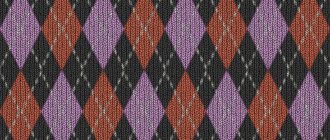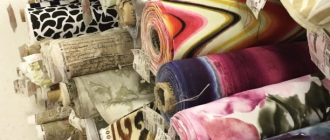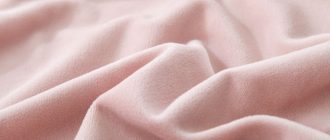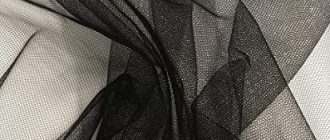The Pros and Cons of Poplin Fabric
If you’re looking for good all-around fabric, consider poplin. This type of fabric is soft, elegant, and offers a high level of performance. In this article, we’ll discuss the pros and cons of poplin. Regardless of your style, poplin is a great option for your next garment.
It’s a versatile choice for many garments. But be sure to read the whole article before you make your purchase.
What is poplin fabric?
What is poplin fabric? This fine-ribbed, canvas-type fabric is very lightweight and breathable, and it is great for tops, trousers, and light coats. The fabric was first created in the 15th century, and the name poplin came from the way it felt. The original poplin fabric was made of silk and wool, which gave it a rich texture and feel similar to broadcloth. This article will discuss the differences between these two types of fabric and how they differ in their uses.
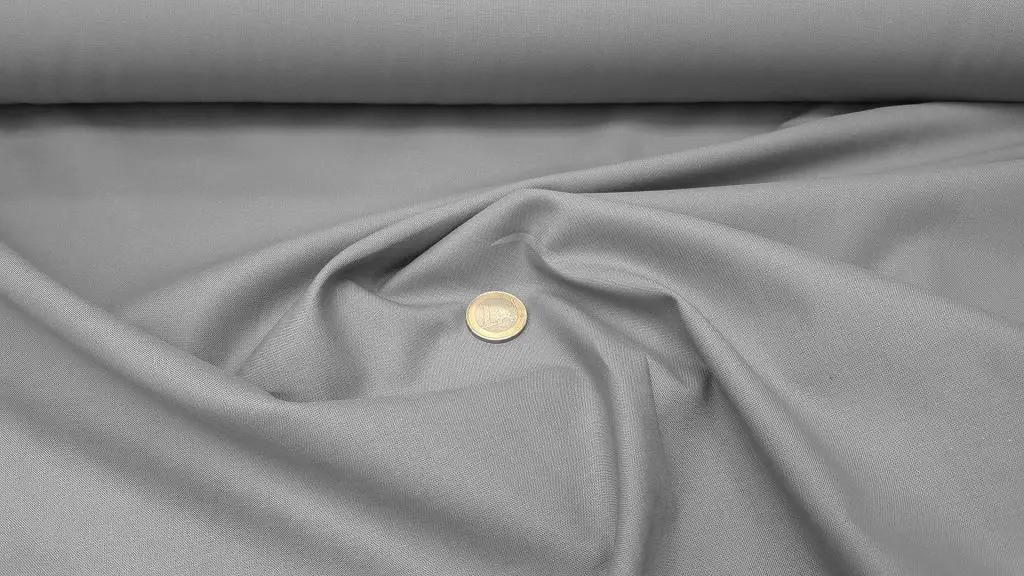
Poplin fabric is a fine, plain woven cotton fabric with various characteristics. It originally consisted of crosswise ribs filled with wool or silk but is now primarily made of cotton. Because it is so thin, it is remarkably durable and maintains its sturdiness. Poplin was first used for women’s dresses and even military uniforms and was a popular choice for both.
Cotton poplin is a lightweight, breathable, and comfortable fabric with a flat surface structure and a matt white surface. Thanks to its moisture-absorbing and cooling properties, it is especially suited for hotter climates. Its soft, ribbed texture lends itself to digital printing, ensuring superior reproduction of delicate shades and sharply printed products. In addition, cotton poplin is very durable and ideal for frequent use.
What is poplin made of?
What is poplin fabric? A lightweight cotton fabric with a subtle sheen, poplin lends itself to delicate hems. Because it is easy to fold and stitch, hemming with poplin fabric is not as difficult as hemming with other types of weave. Poplin garments often feature rolled hems. This versatile fabric is a favorite of both beginning and advanced sewers. It is also easy to care for.
Poplin fabric is typically made from cotton or a cotton/poly blend. While there are many variations, the most common types are made from cotton. Though poplin originates in France, it is now used worldwide. Its history dates back to the 19th century when women needed more practical clothing. As they were venturing into male territory, they needed comfortable dresses that lasted for long periods.
The main difference between poplin and other fabric types is the thickness and type of fibers in the weave. Cotton-based poplins are very smooth and breathable, so they’re perfect for wearing in summer, but you’ll need extra fabric to give them a little more stretch. Luckily, you can add a little Lycra to your poplin blend to make it pliable, but it will not provide the stretch you need.
The benefits of using poplin fabric
Among the benefits of using poplin fabric is its low maintenance. Unlike cotton, this fabric doesn’t require dry cleaning or ironing. Its natural resistance to wrinkles makes it easy to straighten out. Another plus is that poplin fabric won’t stain easily and doesn’t release odors when washed. Here are some tips to keep in mind when choosing the fabric for your next garment.
Comfort and Style – As an easy and versatile fabric, poplin can be used for almost any garment, from dresses to jeans. Its subtle sheen allows it to be worn in formal and informal settings. Its versatility means that it works well for every type of wardrobe. Moreover, it can be dyed easily and maintain its color even after repeated use. Because of this, it is suitable for people with busy schedules.
Comfort and Durability – While poplin is made from cotton, other fibers, such as silk threads, can be made from cotton. It can also be made of a cotton-poly blend. Poplin fabric comes in a wide range of prices. Some are inexpensive, while others are expensive. Some are manufactured in China, Turkey, and India, but the majority are affordable. In addition to affordable prices, poplin fabric is also available in high quality.
The cons of using poplin fabric
The advantages of poplin fabric include its durability, ease of care, and ability to resist wrinkles. Depending on the fiber content, the qualities of poplin may vary. Wool poplin is still common in high-end garments, but it should be dry-cleaned if you want to retain its shape. Cotton poplin is the most common type of poplin, and it is highly durable and easy to maintain. Here are some of the cons of using poplin fabric in clothing:
Poplin fabric is a highly durable type of cotton originally made of worsted-yarn warp fibers and cotton-filling yarns. The definition of poplin fabric has expanded, though single-fiber versions still lack corded texture. Because of this, poplin is also sometimes called tabinet. This fabric has a tight, plain weave, but it is less complex than other kinds of cotton, such as satin and twill.
Choosing a material made of poplin should be done carefully. The material should be high-quality cotton, as it can get very hot with the wrong washing process. It should be avoided if made from polyester, which may melt in the dryer. Care for poplin fabric requires following the care instructions on the label. Machine-washing it on cold or warm settings is fine, and the fabric should not be exposed to excessive heat.
History of poplin fabric
Poplin fabric has long been a staple in a variety of uses. Initially, it was a popular choice for upholstery and women’s dresses. During World War II, poplin fabric was a favorite of soldiers because it allowed them to keep cool and was strong enough to withstand rough environments. Read on to learn more about this versatile fabric. Here’s a brief history of the fabric. We’ll also look at some of its many uses.
The poplin fabric is made of cotton, wool, or a blend of cotton and polypropylene. Historically, poplin fabric was only used for work attire, but it is now widely used in clothing and even as a decorative fabric. Listed below are some uses for poplin fabric. If you’re looking for a fabric to wear to work or school, poplin is the perfect option for many purposes. But, if you’re wondering how it came about, read on.
The origin of the poplin fabric is disputed. However, it is believed that it came about by blending thick and fine fibers. Cotton was the base fiber, and it was later mixed with silk and polyester. Today, poplin is also made from polyester and rayon, but these two aren’t as common as they once were. Avignon is a popular place to find examples of poplin fabrics. If you’re wondering where it came from, you can trace it back to the 15th century.
How to care for and clean poplin fabric?
Despite its name, poplin fabric can be found in several different materials. Cotton, polyester, and a blend are among the most popular. This type of fabric is also available in wool and silk. Because of its versatile nature, poplin can be used for both utility wear and fashion garments. In this article, we’ll explore some of the most important characteristics of poplin, including its care instructions. Continue reading to learn more about this versatile fabric.
Although poplin is a highly washable fabric, it can still shrink slightly as time goes by. Its tight weave will result in a slight amount of shrinkage. Poplin is best cleaned using a delicate cycle, as the fibers may be easily distorted or stretched beyond repair. The best way to clean poplin clothing is to follow the care instructions on the label. You can use warm water for cotton poplin and dry it on low heat. For poplin blend fabrics, you should dry them on cool or low heat.
Since poplin is so easy to care for, it’s a good choice for kids’ wear. Because it’s lightweight and easy to clean, it’s the perfect summer fabric. It’s also great for bedding and uniforms, as it combines the best of both cotton and polyester. When cleaning poplin, make sure to avoid exposing it to harsh chemicals. You can also follow this guide to protect your poplin fabric from damage.
FAQ
Main poplin fabric colors
- white
- grey
- yellow
- pink
- purple
- red
- black
- blue
- green
Main poplin fabric brands
- Lunarable
- Cotton + Steel
- Michael Miller
- Sophia-Art
- Fabric Merchants
- Ambesonne
- SanVera17
- Robert Kaufman
- ben textiles inc.
- TELIO
- Spoonflower
- APC Fabrics
- eLuxurySupply

